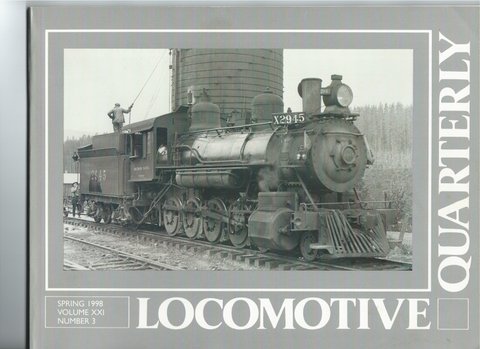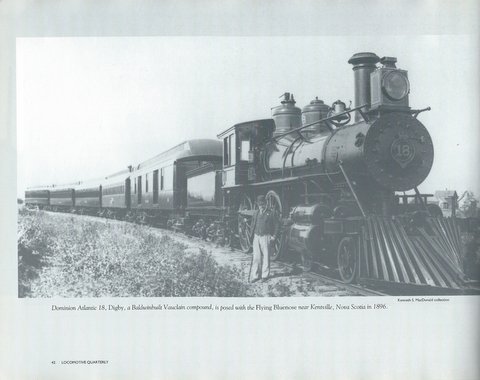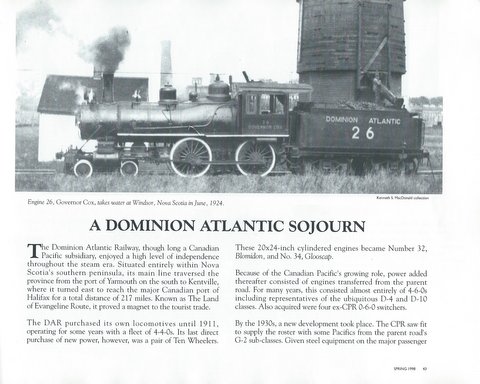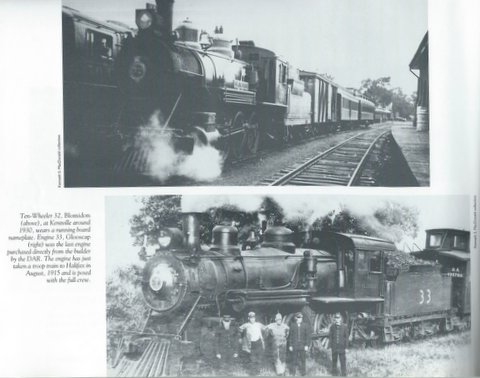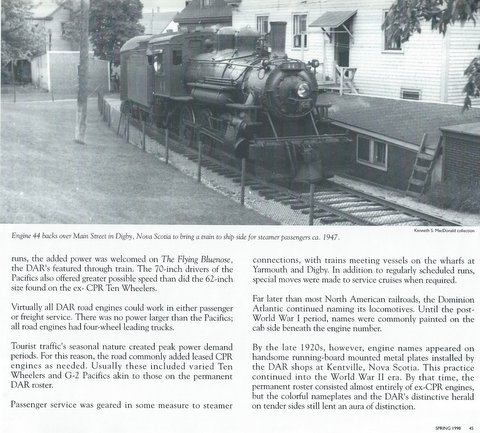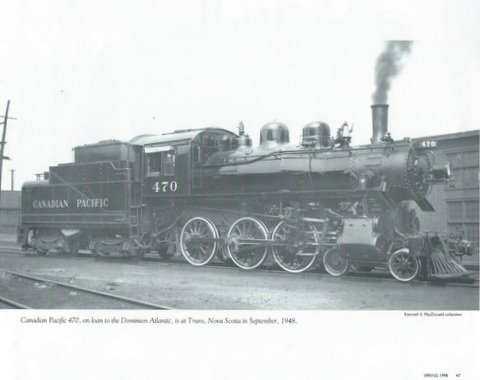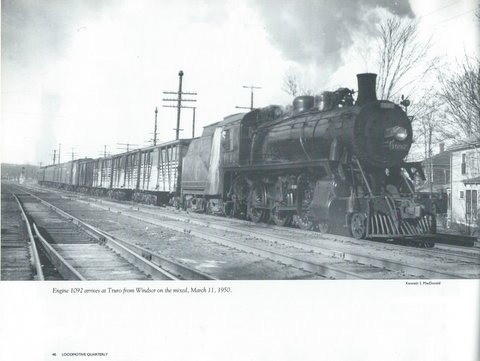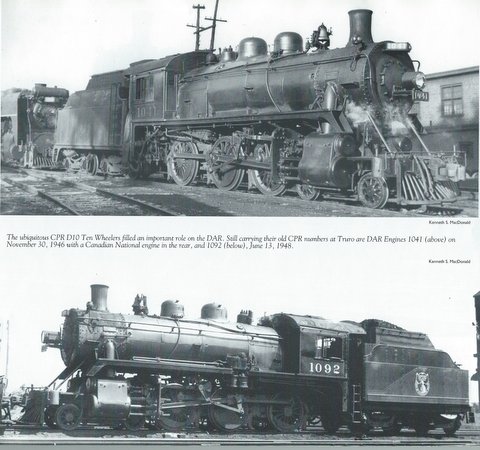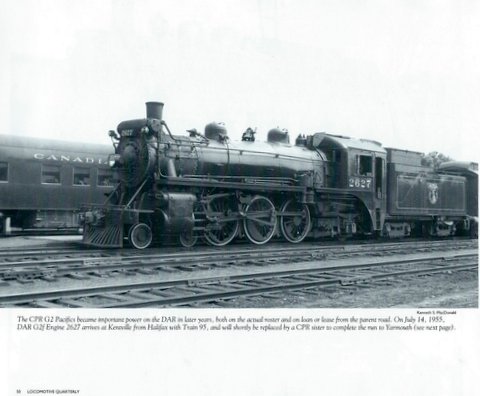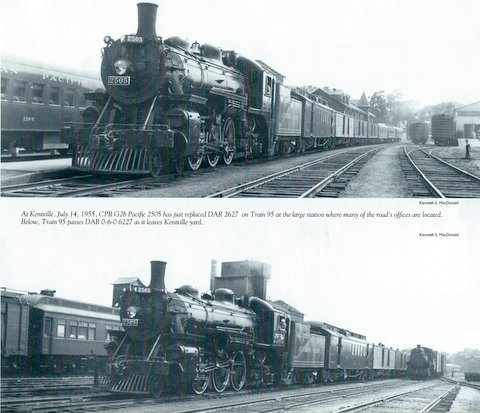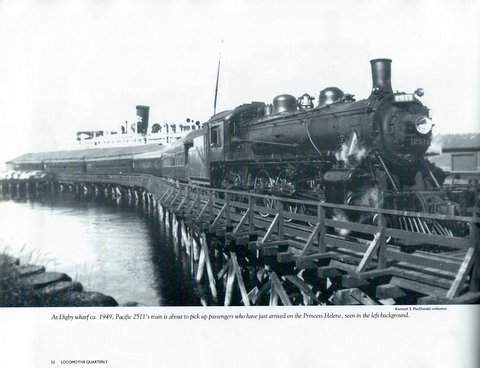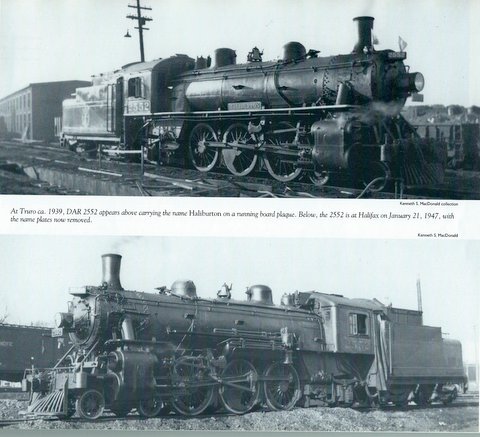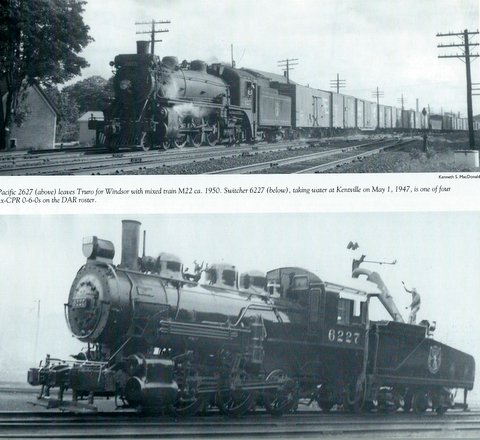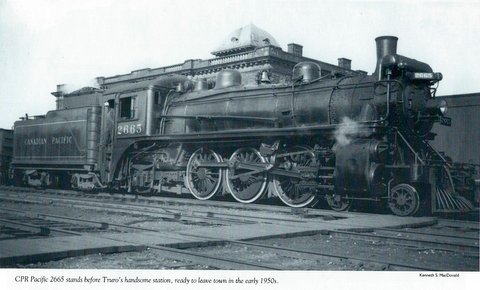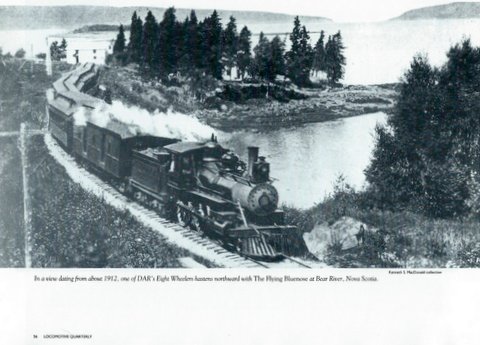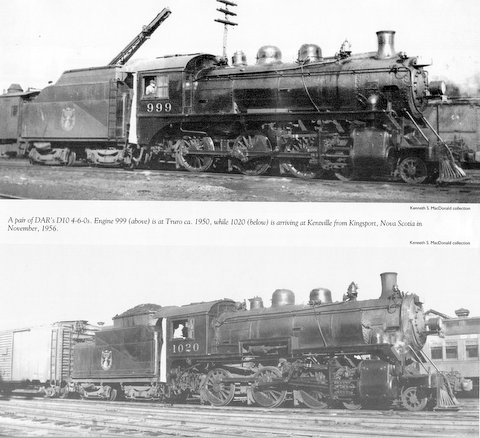Dominion Atlantic Railway Digital Preservation Initiative - Wiki
Use of this site is subject to our Terms & Conditions.
Locomotive Quarterly, Spring 1998, Vol XXI, Number 3
Locomotive Quarterly Spring 1998, A Dominion Atlantic Sojourn
Locomotive Quarterly Spring 1998, Vol XXI, Number 3
The text of the article (but not captions) is shown after the article pages for ease of reading and for search purposes:
Reference Tag
Please use this citation when referring to this article: "A Dominion Atlantic Sojourn." Locomotive Quarterly, Spring 1998.
Article
A DOMINION ATLANTIC SOJOURN
The Dominion Atlantic Railway, though long a Canadian Pacific subsidiary, enjoyed a high level of independence throughout the steam era. Situated entirely within Nova Scotia's southern peninsula, its main line traversed the province from the port of Yarmouth on the south to Kentville, where it turned east to reach the major Canadian port of Halifax for a distance of 217 miles. Known as The Land of Evangeline Route, it proved a magnet to the tourist trade.
The DAR purchased its own locomotives until 1911, operating for some years with a fleet of 4-4-0s. Its last direct purchase of new power, however, was a pair of Ten Wheelers. These 20x24-inch cylindered engines became Number 32, Blomidon, and No. 34, Glooscap.
Because of the Canadian Pacific's growing role, power added thereafter consisted of engines transferred from the parent road. For many years, this consisted almost entirely of 4-6-0s including representatives of the ubiquitous D-4 and D-10 classes. Also acquired were four ex-CPR 0-6-0 switchers.
By the 1930s, a new development took place. The CPR saw fit to supply the roster with some Pacifics from the parent road's G-2 sub-classes. Given steel equipment on the major passenger runs, the added power was welcomed on The Flying Bluenose, the DAR's featured through train. The 70-inch drivers of the Pacifics also added greater possible speed than did the 62-inch size found on the ex-CPR Ten Wheelers.
Virtually all DAR road engines could work in either passenger of freight service. There was hno power larger than the Pacifics; all road engines had four-wheel leading trucks.
Tourist traffic's seasonal nature created peak power demand periods. For this reason, the road commonly added leased CPR engines as needed. Usually these included varied Ten Wheelers and G-2 Pacifics akin to those on the permanent DAR roster.
Passenger service was geared in some measure to steamer connections, with trains meeting vessels on the wharfs at Yarmouth and Digby. In addition to regularly schedules runs, special moves were made to service cruises when required.
For later than most North American railroads, the Dominion Atlantic continued naming its locomotives. Until the past World War I period, names were commonly painted on the can side beneath the engine number.
By the late 1920s, however, engine names appeared on handsome running-board mouthed metal plates installed by the DAR shops at Kentville, Nova Scotia. This practice continued into the World War II era. By that thime, the permanent roster consisted almost entirely of ex-CPR engines, but the colorful nameplates and the DAR's distinctive herald on tender sides still lent an aura of distinction.
